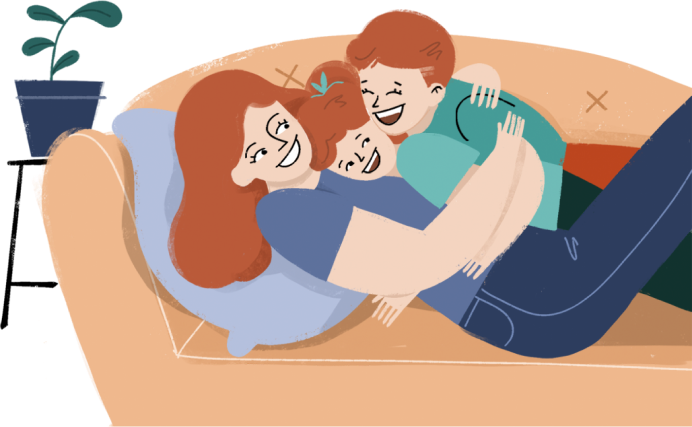I'm not a big drinker, but at the end of a long week I enjoy a beer or two with friends. That's why when I learned about beer for dogs, I knew I had to get some for my dog. (Don't worry — it's non-alcoholic!)
Now, of course, alcohol is bad for dogs (and, well, all animals) — but that doesn't mean that animals shy away from getting intoxicated. In fact, there are many recorded instances of animals seeking a good, old-fashioned high.
That's right. Just take a look below — many species have been known to take a variety of substances that either alter their natural states or make them behave in ways that resemble inebriation.
We are sharing these stories because some of these behaviors are not well known, so please don't try any of these practices with any animals. The stories below are of animals getting themselves drunk or high. If you do this to any animal, it is absolutely considered abuse.
Please SHARE these facts with someone else who likes interesting animals facts.
1. The Bohemian Waxwing Get So Drunk, They Need Drunk Tanks
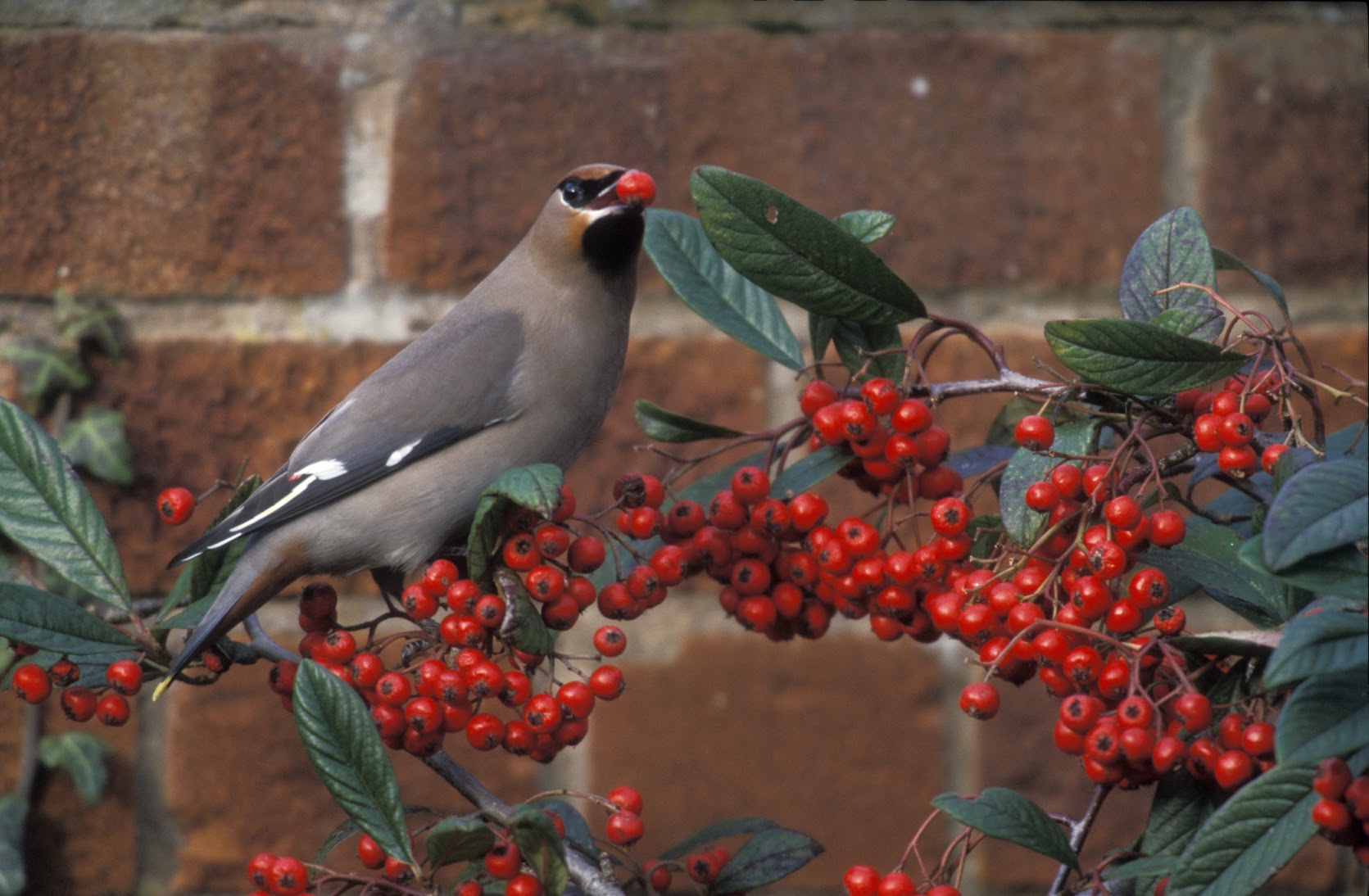
This bird, native to the Yukon, feeds on rowan berries. Come November, many of these berries survive the winter freeze and begin to ferment. The birds have a nomadic migration pattern (hence their name), that causes them to eat berries when they can for fear of when their next meal will be. They also tend to overindulge in case their next meal is not for many miles away.
When they overindulge in fermented berries, they get drunk.
Natives of the area know November to be "drunk bird season," and will notice many of these birds with red-stained beaks flying in an erratic, swerving manner.
Unfortunately, many of these birds end up injuring themselves by flying into windows, poles, or even each other. They've also been known to suffer liver damage.
The Yukon Wildlife Preserve has set up Bohemian waxwing rehabs to hold the birds until they sober up. Though they're really just hamster cages, they often refer to them as "Drunk Tanks."
2. Horses Get Addicted to Weed
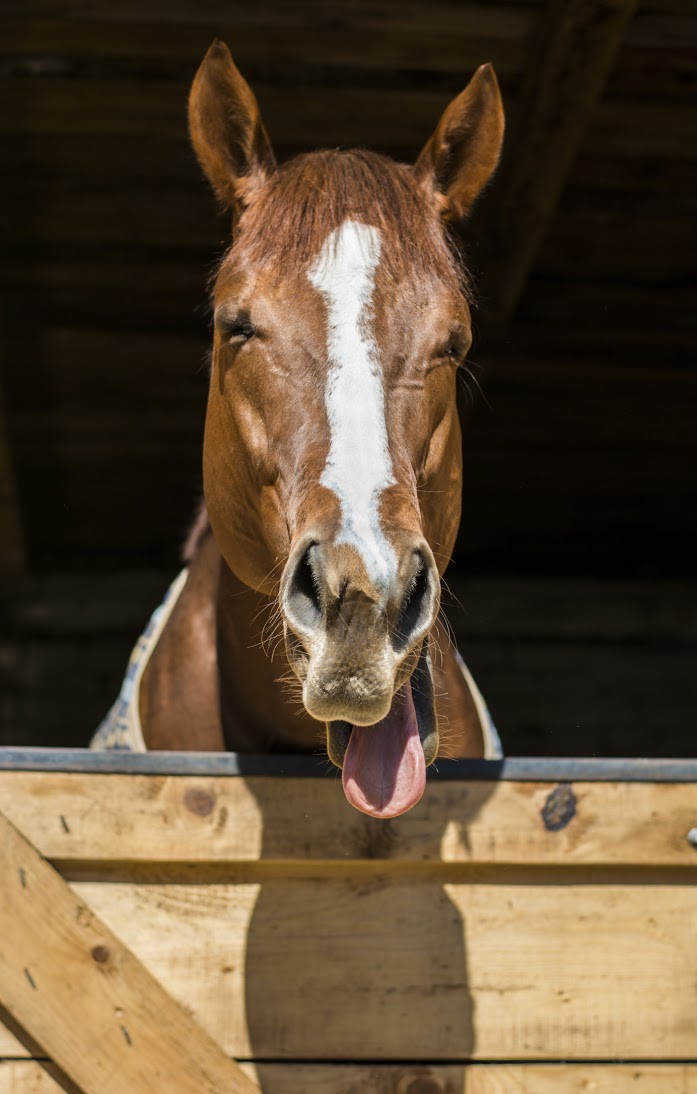
Specifically, horses can become addicted to a plant called locoweed, which seems to have an affect similar to some drugs. They may get lethargic, easily startled, confused about their surroundings, and they even seem to lose control of their coordination. In short, they go "loco."
If you're someone who enjoys a Cheech and Chong movie, maybe the idea of a horse getting "high" is funny, but locoweed is actually quite fatal to horses.
Sadly, locoweed is also highly addictive. Though it's unpalatable to most livestock, these animals, especially in the wild, will eat locoweed when little other food is available. They will soon become addicted and eat nothing else.
3. The Tree Shrew Can't Stop Binge Drinking
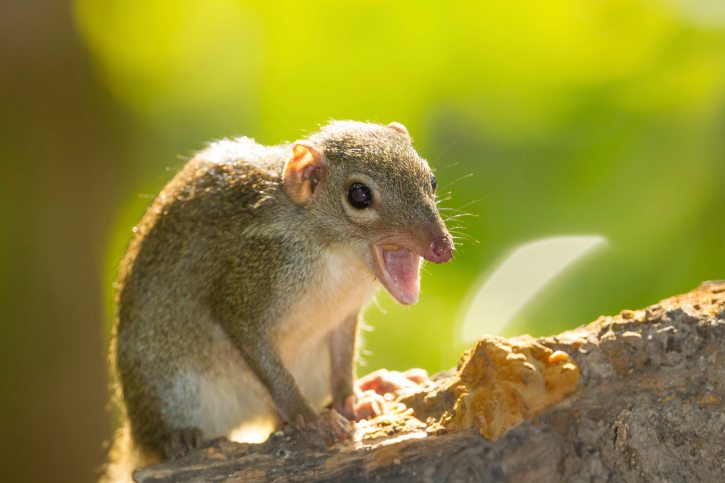
The Malaysian pen-tailed tree shrew's diet consists almost entirely of a nectar from the bertram palm. This nectar is roughly 3.8% alcohol, but the shrews show no signs of intoxication.
Scientists have recorded the mammals with blood alcohol content levels equivalent to a human drinking ten glasses of wine, yet they never show signs of incapacitation.
The animals have evolved to be able to metabolize alcohol in ways that some frat boys envy.
4. Your Dog Wants To Get High...But Don't Let Him.
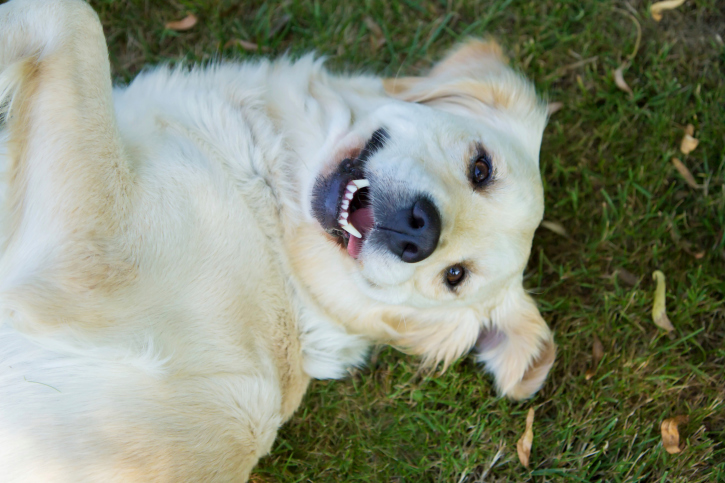
Cane toads are incredibly attractive to your dog, but don't let them near.
When a dog licks the cane toad, the amphibian's poisonous secretions can cause an effect in dogs that appears to make them hallucinate. They may start barking or chasing objects that are not actually there.
And they'll want more of it! Canines have addictive personalities and will go back for more. But this addiction, like many others, is fatal and could kill your dog if they are exposed to too much.
5. Some Bats Can Hold Their Liquor — Others Can't.
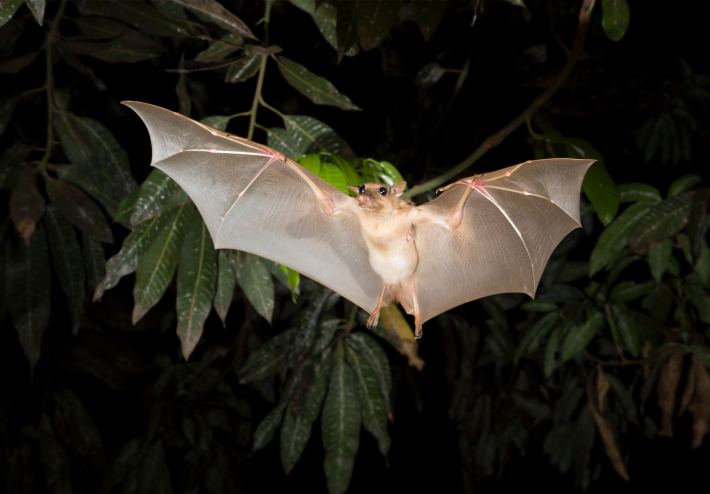
Bats have also been known to get into fermented fruit, but their effect on the bats varies from winged rodent to winged rodent.
A 2009 study showed that a bat's ability to handle their ethanol differs in each. The study featured bats with blood alcohol content proportional to their body size as they tried to navigate a flying course — the equivalent of "walking a straight line" for drunk drivers. Some bats were able to handle any amount of alcohol, whereas others became impaired from the tiniest amount.
Scientists assume these variations depend on how much the bat previously drank. Bats in America are often more frequently exposed to fermented fruits and can handle high blood-alcohol levels, whereas Egyptian bats studied in Israel crashed much more often in the course.
6. Hummingbirds Adore a Hallucinogenic Plant
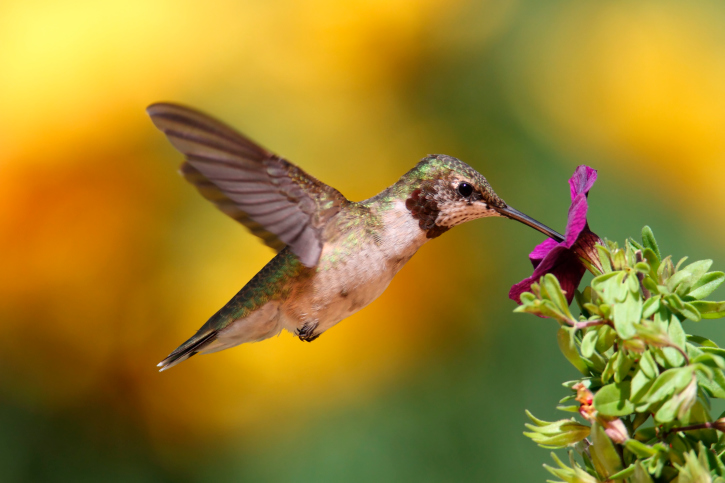
The Datura stramonium is a hallucinogenic and highly toxic plant whose seeds were used by many native tribes in the Americas for "communing with deities." In Ethiopia, lay-priests still use it to "open the mind."
Unfortunately, the hallucinations are usually quite nightmarish, and the same deliriants that give it these "trippy" properties are also toxic and have caused numerous deaths. Hence its nickname,"The Devil's Snare."
Hummingbirds, however, love the plant's nectar and act as its primary resource for pollination. They don't seem to go to any "far out" places from the stuff, but they have been observed limiting their intake.
7. Reindeer Love "Magic Mushrooms."
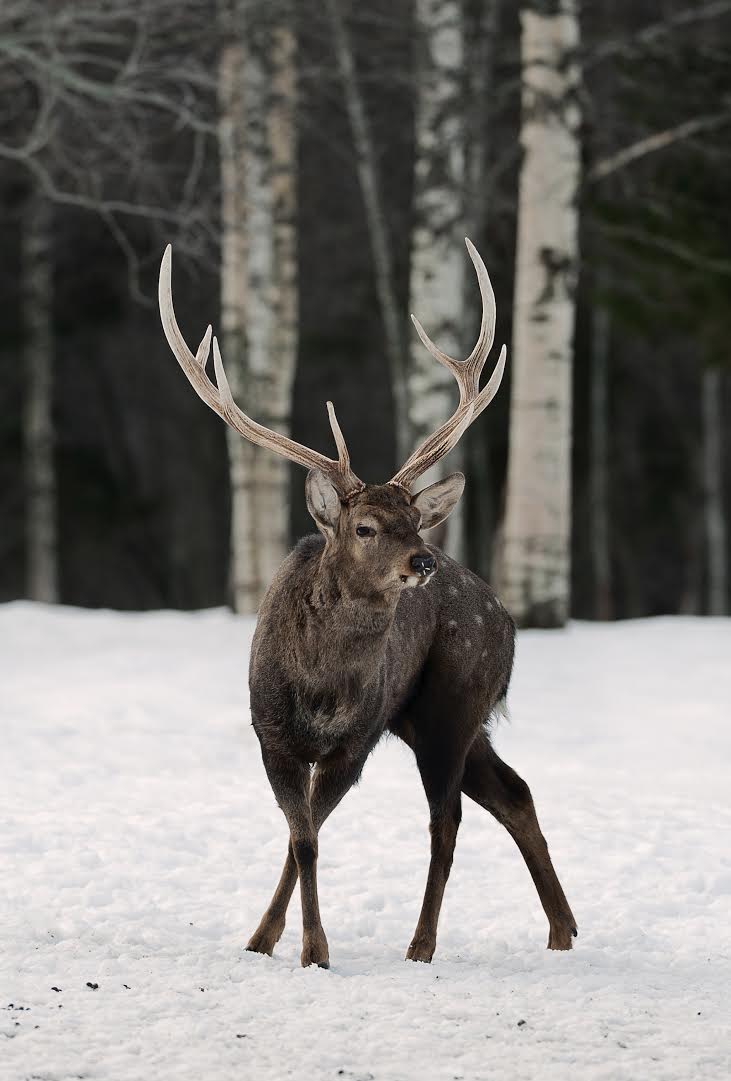
Hummingbirds choose a psychedelic plant not to get high, but for its nectar.
Reindeer, however, will eat "magic mushrooms" specifically for their own amusement.
A study by scientist Andrew Haynes in the Pharmaceutical Journal showed that reindeer seek out the psychedelic mushrooms during long winters to seemingly break up their own monotony.
I guess reindeer really can "fly."
8. Eerie Crop Circles Are Just the Result Of Stoned Wallabies
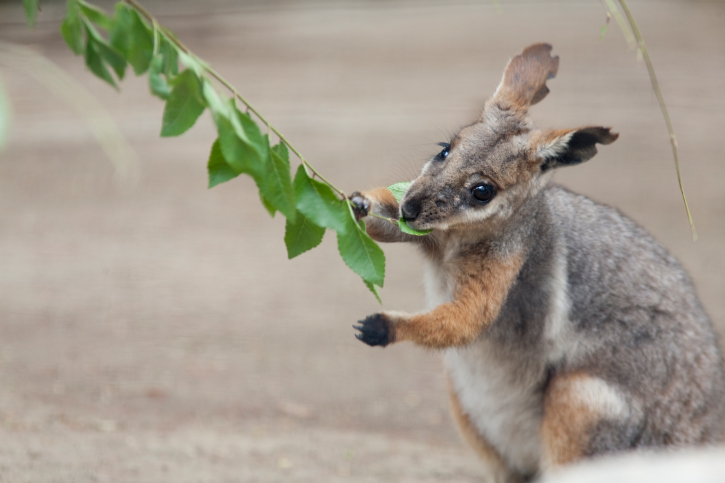
The BBC reports that the Tasmanian attorney general, Lara Giddings, announced that crop circles seen in the Australian state were the result of "mobs" of wallabies eating massive amounts of poppy plants. The poppy plants are legally grown opium for creating morphine and other painkillers.
The wallabies would eat the opiates, get stoned, then wander aimlessly in circles to make the crop circles.
Specifically, Giddings described the wallabies as being "high as a kite."
9. Jaguars Have Their Own Trippy Version of Catnip
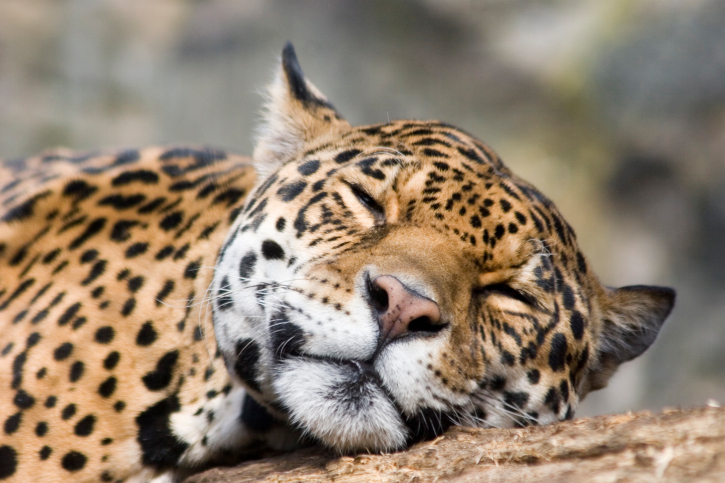
Cat owners know how much their felines go crazy for catnip, seemingly going "ecstatic" for the plant.
Their big cat cousins, jaguars, have their own version of catnip: the Banisteriopsis caapi. It's used by shamans for its hypnotic and healing effects, and jaguars use it to "chill out, man."
Videos have been posted to YouTube featuring the animals seemingly hallucinating from the effects of the plant. In fact, it's believed that the shamans got the idea to use the plant from watching its effect on jaguars.
10. Bees Can't Stand Messy Drunks, But The Drunk Bees Love to "Dance"
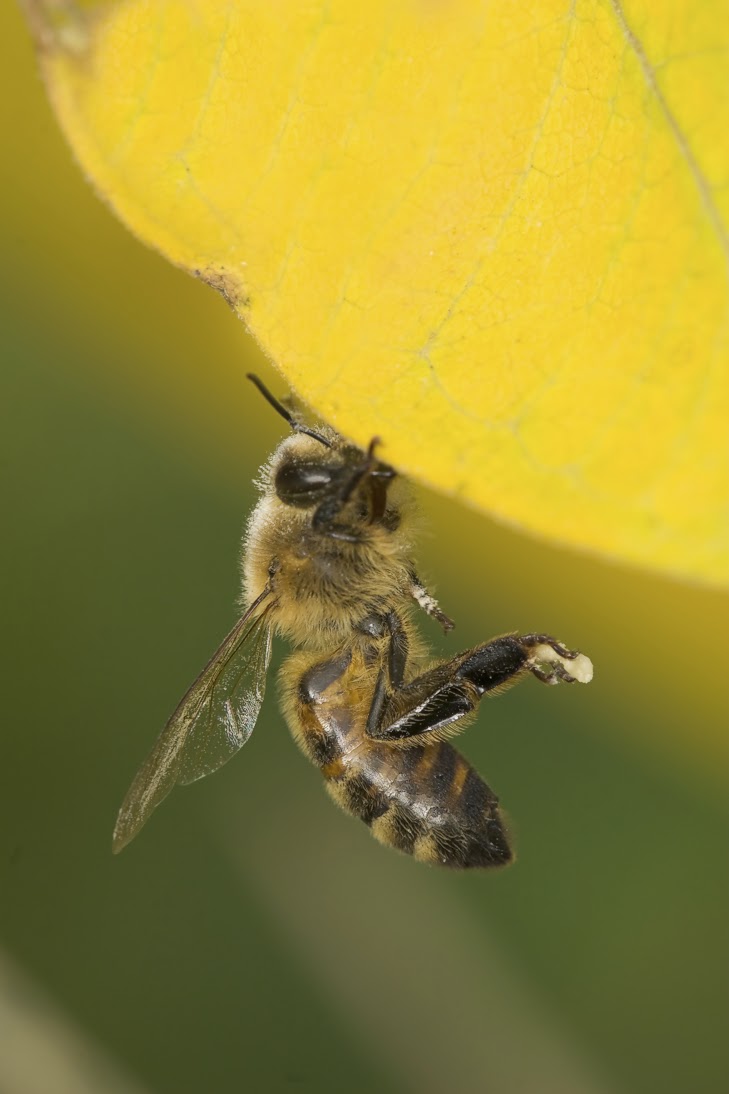
Bees are affected by ethanol in much the same manner that humans are.
Bees that drink fermented nectar work less, spend more time flying around than returning to the hive, and have been known to stop grooming themselves.
And, just like humans, bees love to dance when they're drunk.
Forager honey bees do a "tremble dance" to recruit more receiver honey bees to collect nectar from workers. When they get drunk, they will do the dance even when nectar is not ready. This is why certain worker bees will not let intoxicated bees into the hive. They think the drunk bees will disrupt the natural order of the hive.
Scientists are currently studying intoxication in bees to learn more about human addiction.
11. Elephants Get Drunk Off Marula...Maybe
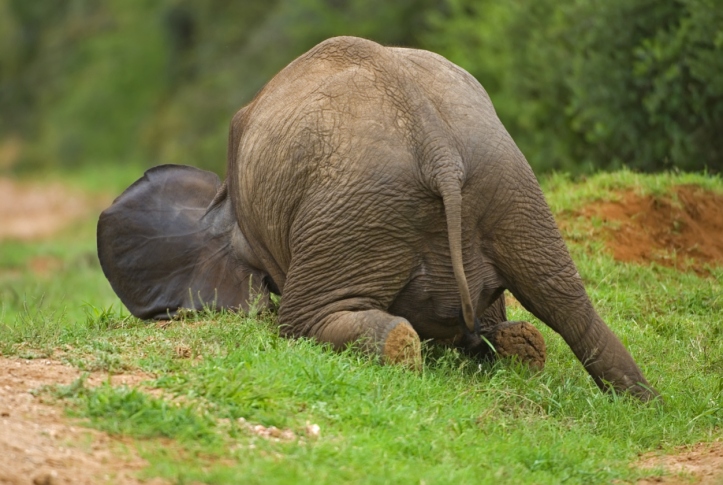
Elephants have been filmed for decades drinking fermented marula fruit and becoming drunk, and travelers' tales dating back as far as 1839 report seeing elephants staggering and acting "intoxicated" after eating the rotten fruit.
Every few months someone posts a video to YouTube of a supposedly "drunk" elephant.
But scientists repeatedly debunk these claims. Their studies have proven that the elephants avoid fermenting or rotten marula, and that when they do eat fermented marula, their metabolism is too strong to get drunk. They'd need to eat nearly 400 percent of their normal intake to actually get inebriated.
So maybe elephants just like to act drunk.
Please SHARE these animals facts with someone who likes to learn something new.




